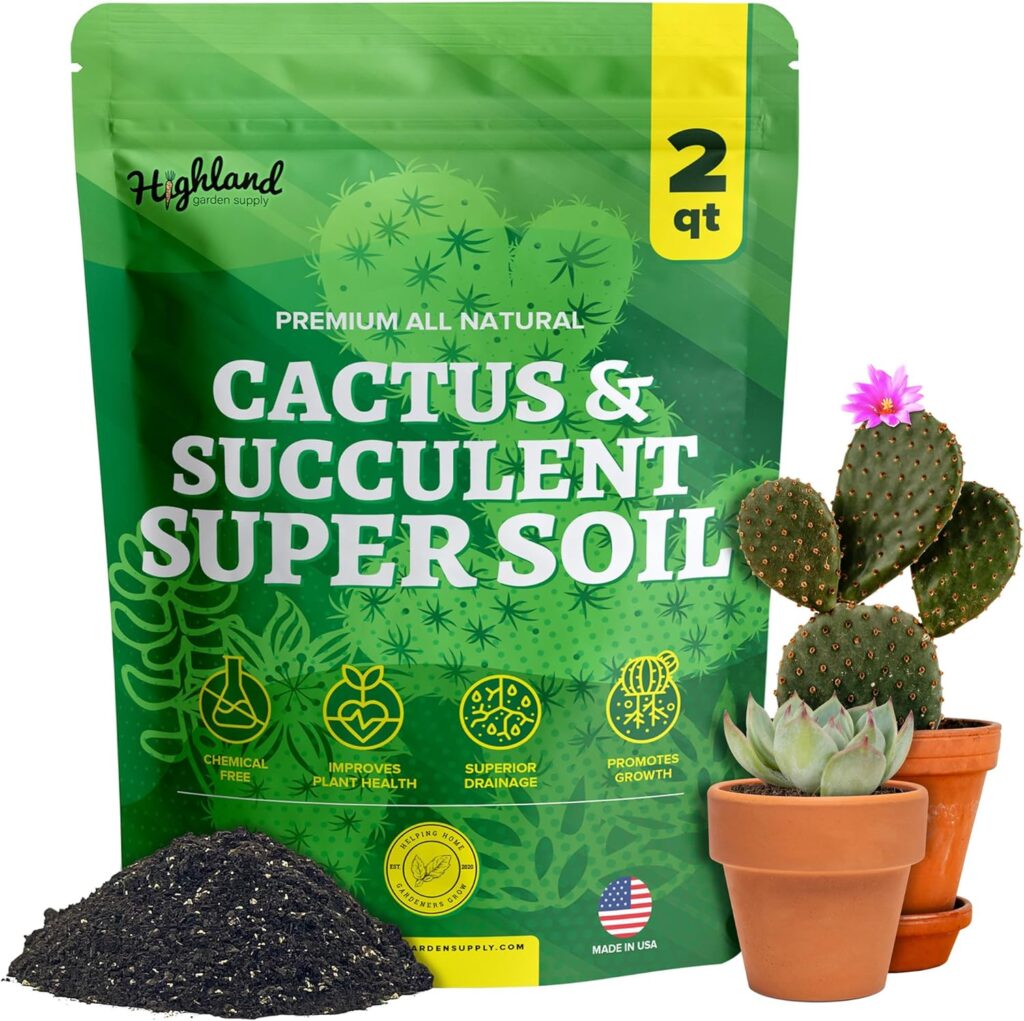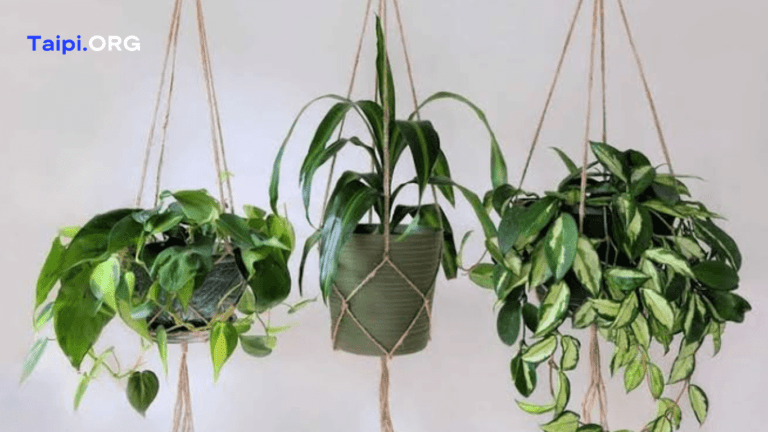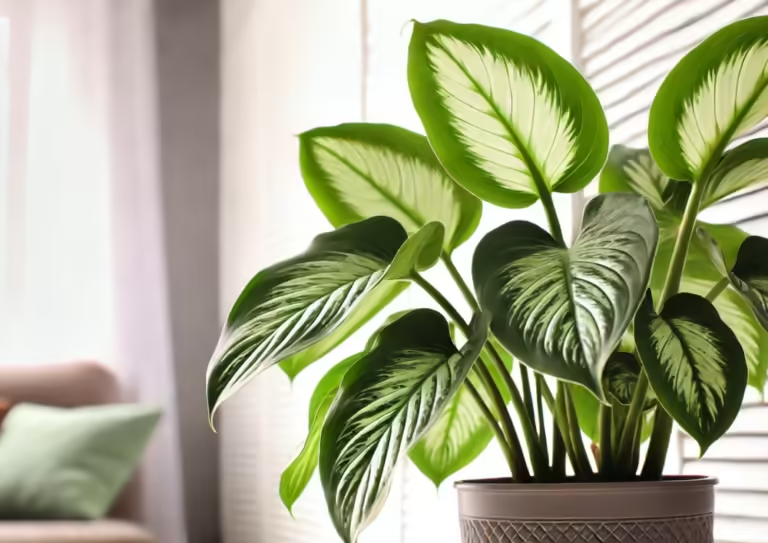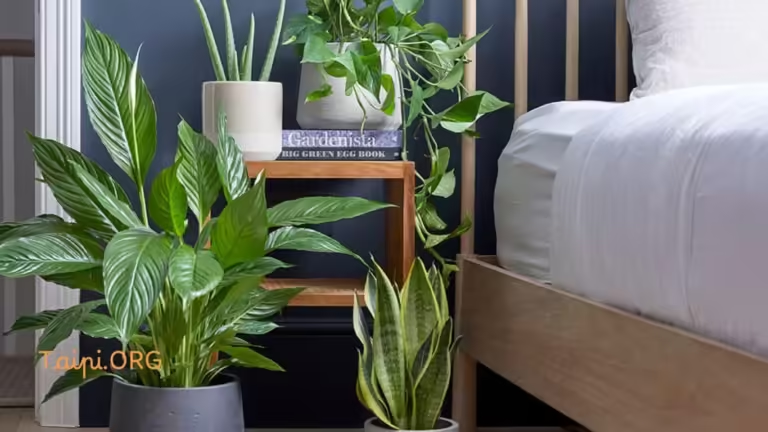How to Take Care of Snake Plant Indoors
SNAKE PLANTS are beloved houseplants celebrated for their resilience and striking appearance. Originating from West Africa, these plants are favored for their ability to thrive in various indoor environments. Here’s a comprehensive guide to help you care for your snake plant indoors.
Short Answer:
Snake plants require sufficient water, enough indirect sunlight, favorable humidity, timely fertilizing a big pot, and occasional pruning, among other things.
1. Choose the Right Snake Plant
There are several varieties of snake plants, each with unique leaf patterns and growth habits. Popular types include:
Sansevieria trifasciata: This type of snake plant features long, upright leaves with green and yellow variegation.
Sansevieria cylindrica: Known for its cylindrical leaves that can be braided.
Sansevieria ‘Laurentii’: Has tall, variegated leaves with a yellow edge.
2. Light Requirements
Snake plants are highly adaptable to different light conditions:
Bright, indirect light: Ideal for growth, though too much direct sunlight can scorch the leaves.
Low light: Most snake plants can survive in low-light conditions, making them suitable for offices or dimly lit rooms.
3. Watering Schedule
Proper watering is crucial for snake plant health:
Frequency: Water sparingly. Allow the soil to dry out completely between waterings.
Amount: During warmer months, water once every 2-4 weeks. In winter, reduce watering to once every 6-8 weeks.
Technique: Water at the base of the plant and avoid overly watering the plant to prevent rot.
4. Soil and Potting
The right soil and pot are essential for a healthy snake plant:
Soil: Use a well-draining cactus (pictured ⬆) or succulent mix. Regular potting soil can retain too much moisture and cause root rot.
Pot: Choose a pot with drainage holes. Terracotta pots are ideal as they allow excess moisture to evaporate.
5. Temperature and Humidity
Snake plants prefer:
Temperature: 60-85°F (15-29°C). They are not frost-tolerant, thus, you should keep them away from drafts and cold windows.
Humidity: Average indoor humidity is sufficient. They can tolerate low humidity but will appreciate occasional misting in dry environments.
6. Fertilization
Feeding your snake plant can enhance its growth:
Type: Use a balanced, all-purpose liquid fertilizer.
Frequency: Fertilize monthly during the growing season (spring and summer). Avoid fertilizing in winter.
7. Pruning and Maintenance
Routine care can keep your snake plant looking its best:
Pruning: Remove any dead or damaged leaves at the base. Prune to maintain the desired shape.
Cleaning: Wipe leaves with a damp cloth to remove dust and allow for better photosynthesis.
8. Repotting
Repotting is necessary when the plant outgrows its pot:
Frequency: Every 2-3 years or when roots are tightly bound.
Process: Choose a slightly larger pot, gently remove the plant, and repot it with fresh soil.
9. Propagation
Snake plants are easy to propagate. The best and easiest way to propagate snake plants is through:
Division: Separate the plant at the roots and plant each section in its pot.
Leaf Cuttings: Cut a leaf into sections, let them dry, and plant them in soil. New plants will sprout from the base.
Related:
10. Common Problems and Solutions
Being resilient doesn’t make snake plants immune to problems. Here are some of the common mistakes to be watchful about and how to solve them:
Overwatering: Leads to root rot. Ensure proper drainage and reduce watering frequency.
Pests: Watch out for spider mites, mealybugs, and other common pests on indoor plants. Treat with insecticidal soap or neem oil.
Yellow Leaves: Often a sign of overwatering or poor light conditions. Adjust care accordingly.
Additional Tips on How to Take Care of Snake Plant Indoors Experts

Here are some expert tips for taking care of your snake plant indoors:
Light Requirements
Snake plants thrive in bright, indirect light but are highly adaptable and can tolerate lower light conditions as well as some direct sunlight.
Place snake plants near a south or east-facing window for optimal growth. (Martha Stewart) (Bloomscape).
Watering
Overwatering is a common issue with snake plants. Allow the soil to dry out completely between waterings. Typically, watering every 2-3 weeks is sufficient. Ensure excess water drains out from the pot to prevent root rot (Chefd) (Bloomscape).
Soil and Potting
Use a well-draining potting mix, such as a cactus or succulent mix. Snake plants prefer to be slightly root-bound, so choose a pot that is only slightly larger than the current one. Ensure the pot has drainage holes to prevent waterlogging (Martha Stewart) (Chefd) (gardeningetc.com).
Temperature and Humidity
Snake plants prefer temperatures between 60-85°F (16-29°C). Although they can tolerate fluctuations, keep them away from drafts, air conditioning vents, and direct heat sources.
They thrive in low-humidity environments and do not require misting (Chefd) (Bloomscape).
Fertilizing
Feed your snake plant with a balanced, liquid fertilizer every six months. Avoid over-fertilizing as these plants do not require heavy feeding. Apply fertilizer during the growing season from spring to fall (Martha Stewart) (Bloomscape).
Cleaning
Snake plants have waxy leaves that can attract dust. Wipe the leaves down with a damp cloth occasionally to keep them clean and help the plant breathe better (gardeningetc.com) (Bloomscape).
Propagation
Propagate snake plants by dividing the root ball or using leaf cuttings. Allow cuttings to callus over before planting them in well-draining soil. Spring or summer is the best time for propagation when the plant is actively growing (Chefd) (gardeningetc.com).
Pest Management
Snake plants are generally pest-resistant, but they can occasionally attract pests like spider mites or mealybugs. Wipe down the leaves with a damp cloth and use insecticidal soap if necessary to keep pests at bay (Martha Stewart).
Air Purification
Snake plants are excellent air purifiers, capable of removing toxins such as formaldehyde and benzene from the air. This makes them a great addition to bedrooms and living spaces to improve indoor air quality (gardeningetc.com).
By following these tips, you can ensure your snake plant stays healthy and thrives in your home.
Conclusion
Snake plants are excellent indoor plants due to their low maintenance and adaptability. By providing the right light, watering correctly, using proper soil, and maintaining a suitable environment, your snake plant will thrive and add a touch of greenery to your indoor space.
Regular monitoring and basic care will ensure that your snake plant remains healthy and attractive for years to come.








